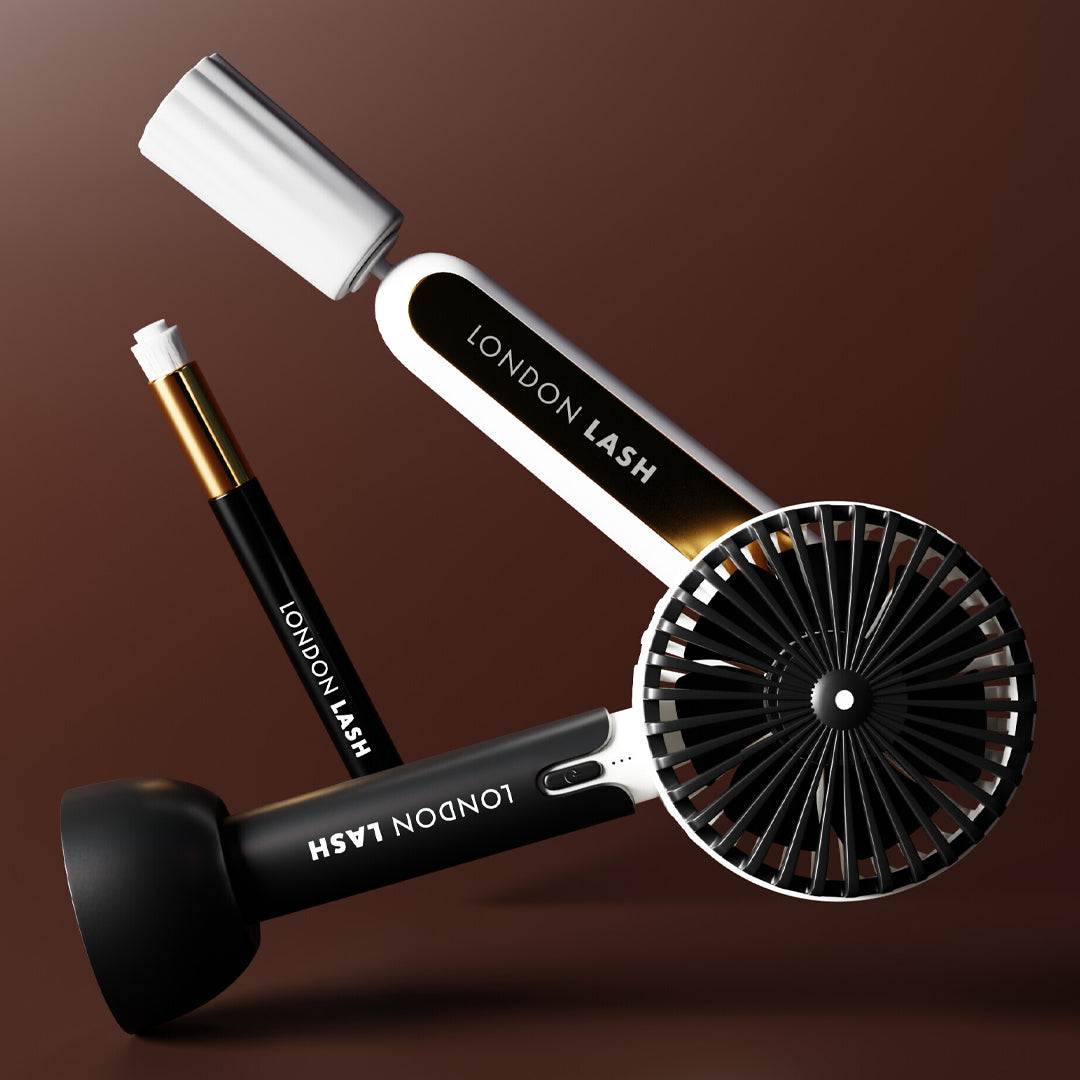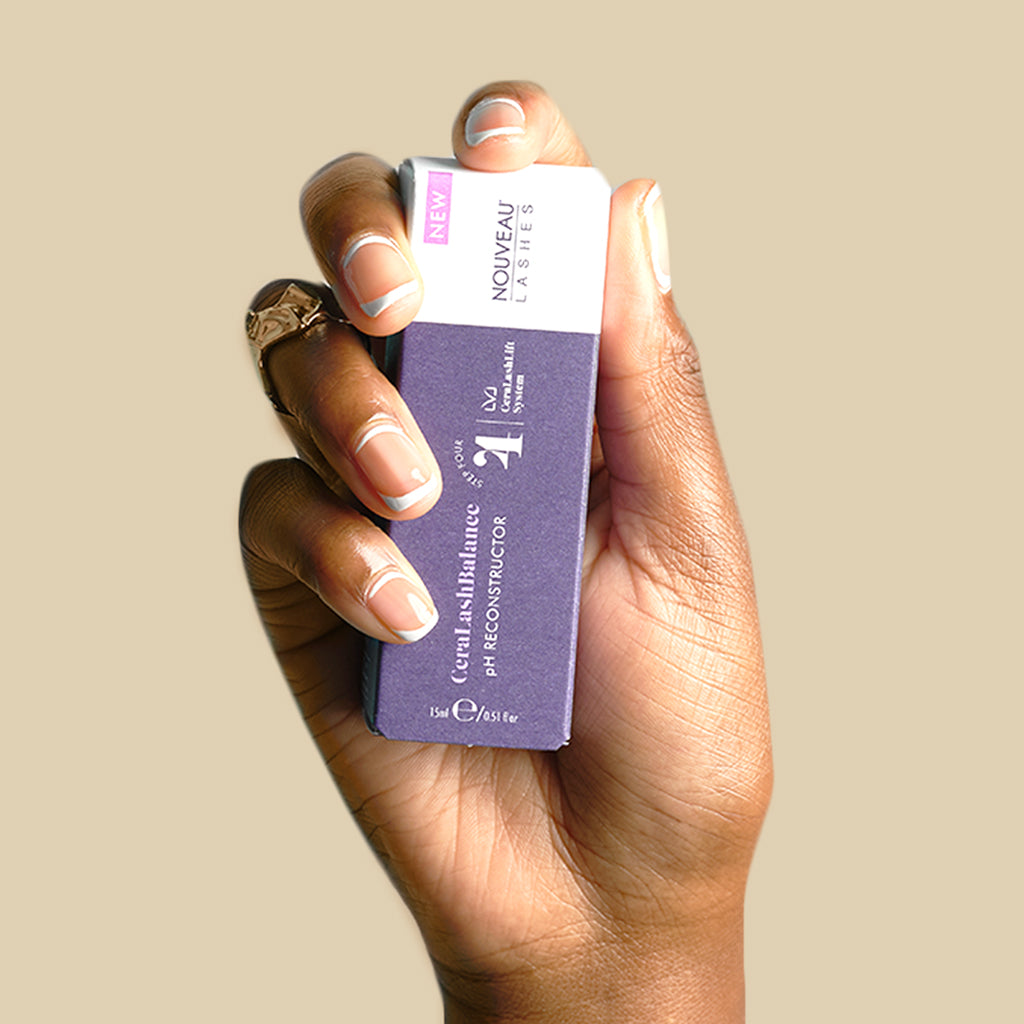New In
Glues & Liquids
Lashes
LASH LIFT
Dolla Nails Pro
Online Training
Save up to 57% off
Lashes Falling Out? The Truth About Lash Shedding
April 13, 2021 3 min read

Are Your Clients' Lashes Falling Out? This Might Be Why
Believe it or not, the topic of lash shedding is very important when it comes to training to be a lash technician. You may notice that when you begin your lash career you will often come across clients who express that their lashes have at one time lasted for MONTHS and others have lasted for not very long at all. Don’t let that dishearten you because you may not be doing anything wrong at all! When attending a lash extension course, every single course should outline the growth cycle and highlight why it is important to do infills every 3-4 weeks, but we really think that this topic doesn’t get enough attention!
Our body is extremely complex with every cell having a specific function, and this goes for your hair too!

The Life Cycle of Our Hair
Anagen Phase
You may find this surprising but the average life cycle for our lashes is 9-10 weeks! Like any cycle, there’s a beginning and an end, with the first stage being the ANAGEN stage. At this stage, the lashes appear as those teeny-tiny, sometimes annoying, baby lashes. Now, when it comes to eyelash extensions there are a lot of opinions on whether or not you can apply lash extensions to these. Should you apply extensions to baby lashes? Yes, you can, but you should be cautious. In the past, when we only had thick, heavy, classic lashes to work with so it wasn’t recommended, but nowadays there are a multitude of different thicknesses to choose from. However, you should still be cautious and trust your professional instinct; if you apply a lash that is too heavy and long to a small lash, this could cause strain and result in damage to the natural lashes. Our advice is to not overload them, and instead opt for shorter and thinner extensions.

Catagen Phase
The next stage is called the CATAGEN - this is when our lash starts to become thicker but it may still be growing or have stopped growing. This is the perfect stage to apply the lash extensions as these lashes will last the longest. During this stage, the hair will become detached from the follicle which signals the end of growth, ready for the next stage.
Telogen Phase
The final stage of the lash cycle is the TELOGEN phase. By this phase, the lash is fully grown out and is preparing to shed and be replaced by a new lash. This stage can be tricky, especially for lash techs, because you won’t really be able to tell when that specific lash will fall out. If you add a lash extension to a lash in the telogen phase, you may have a client messaging you just a few hours after their appointment and complaining that they’ve already lost a few lashes. Of course, this is frustrating as it won’t necessarily be your fault! The best thing to do is to explain the process to them because many will be shocked that it’s in fact normal to shed.

 We really hope that we could bring light to this topic, and strengthen your expert knowledge of lash autonomy. Going forward, you will be able to present yourself as a true professional lash technician with a solid understanding of lash shedding and the lash growth cycle. At least you can now say, with confidence, that you understand the lash shedding process. You can go ahead and give your clients the lecture about it too! Just remember, it’s normal for your clients’ to lose 2 to 5 lashes a day - this is why lash infills are a MUST.
We really hope that we could bring light to this topic, and strengthen your expert knowledge of lash autonomy. Going forward, you will be able to present yourself as a true professional lash technician with a solid understanding of lash shedding and the lash growth cycle. At least you can now say, with confidence, that you understand the lash shedding process. You can go ahead and give your clients the lecture about it too! Just remember, it’s normal for your clients’ to lose 2 to 5 lashes a day - this is why lash infills are a MUST.
For more expert knowledge from the lash world follow @london_lash_usa on Instagram.
Check out these featured products
Subscribe
Sign up to get the latest on sales, new releases and more …



















